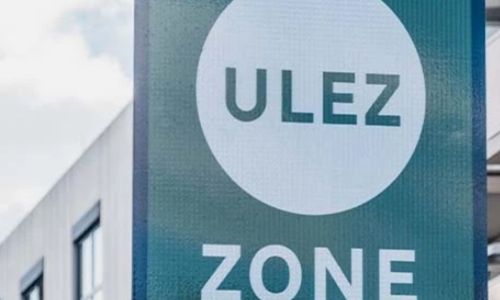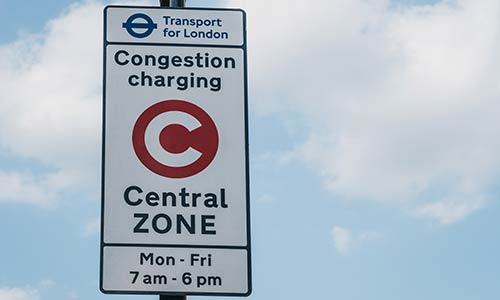
How to avoid the congestion charge
Last updated March 31, 2023
Whether you live in London or are just visiting, you might be wondering if it is possible to avoid the congestion charge whilst driving in the city. However, unless you’re staying within the outskirts, it is likely that you will venture into the Congestion Charge Zone.
If you plan on driving in Central London at all, you may have to pay the congestion charge. Read on to learn what the congestion charge is, where it applies – and your options if you wish to avoid the charge.
Value your car in under 30 seconds
What is the congestion charge?
The congestion charge is a fee that you must pay to drive in certain areas of London. This charge applies to most vehicles and the scheme was implemented to reduce carbon emissions and improve the flow of traffic around the city.
Read more: A Guide To The Congestion Charge Zone
Where does it apply?
London’s Congestion Charge Zone incorporates the following areas:
Barbican, Bloomsbury, Borough, Charing Cross, City of London, Clerkenwell, Covent Garden, Euston, Finsbury, Green Park, Holborn, Lambeth, Marylebone, Mayfair, Newington, Soho, Southwark, St James’, St Pancreas, Waterloo and Westminster.
When does it apply?
The congestion charge applies between the hours of 7am and 10pm from Monday to Friday.
This doesn’t include bank holidays or the Christmas and New Year period between 25th December and 1st January. You will know when you are inside the Congestion Charge Zone, as you will see a signpost with a large white “C” in a red circle.
Can you avoid the congestion charge?
If you want to drive in certain areas of London and your car isn’t exempt, then you can’t really avoid paying.
However, there are some circumstances in which you can avoid the charge:
How to avoid the congestion charge
- It’s all about timing. If you can drive at a time when the charge doesn’t apply, you won’t have to pay. However, be warned that you might find yourself stuck in traffic.
- Download the Congestion Charge Zone map from TFL, as this outlines exactly where the zone is, so you can try to drive around it. You can also keep an eye out for the signs to avoid entering the area.
- Drive a lower emission car if possible. Electric cars are exempt from the London Congestion Charge.
- If you’re only visiting for the day, consider parking outside the zone and using public transport for the rest of your journey.
- If you only need to travel through London, refer to the TFL’s Congestion Charge Zone map to plan your route and avoid any unexpected charges.
- If you are licensed to ride a motorbike, check whether you can hire one – hired motorbikes are exempt from the charge and are usually free to park. Alternatively, you can hire a bike from the Santander Cycles scheme.
Are there any congestion charge exemptions?
If you are a resident of any of the areas within the Congestion Charge Zone, you are eligible for a 90% discount (if applied before 1st August 2020).
Disabled drivers qualify for a full exemption from London’s Congestion Charge but must register with TFL to claim a 100% discount.
Motorbikes, bikes and mopeds are exempt, as are all electric vehicles. You might be wondering: do hybrid cars pay the congestion charge? And the answer is yes, they do have to pay.
What happens when you don’t pay?
If you don’t pay by midnight on the third day after you have travelled, you will be issued with a PCN (Penalty Charge Notice), which will include payment instructions.
What about the ULEZ zone?
Alongside the congestion charge, there is a separate charge for the ULEZ (Ultra Low-emission Zone, which applies to any vehicles that are not ULEZ-exempt.
Check ahead to make sure your car meets the required standards. It is also important to be aware that the ULEZ zone is larger than the London Congestion Charge Zone and covers most of the city.





